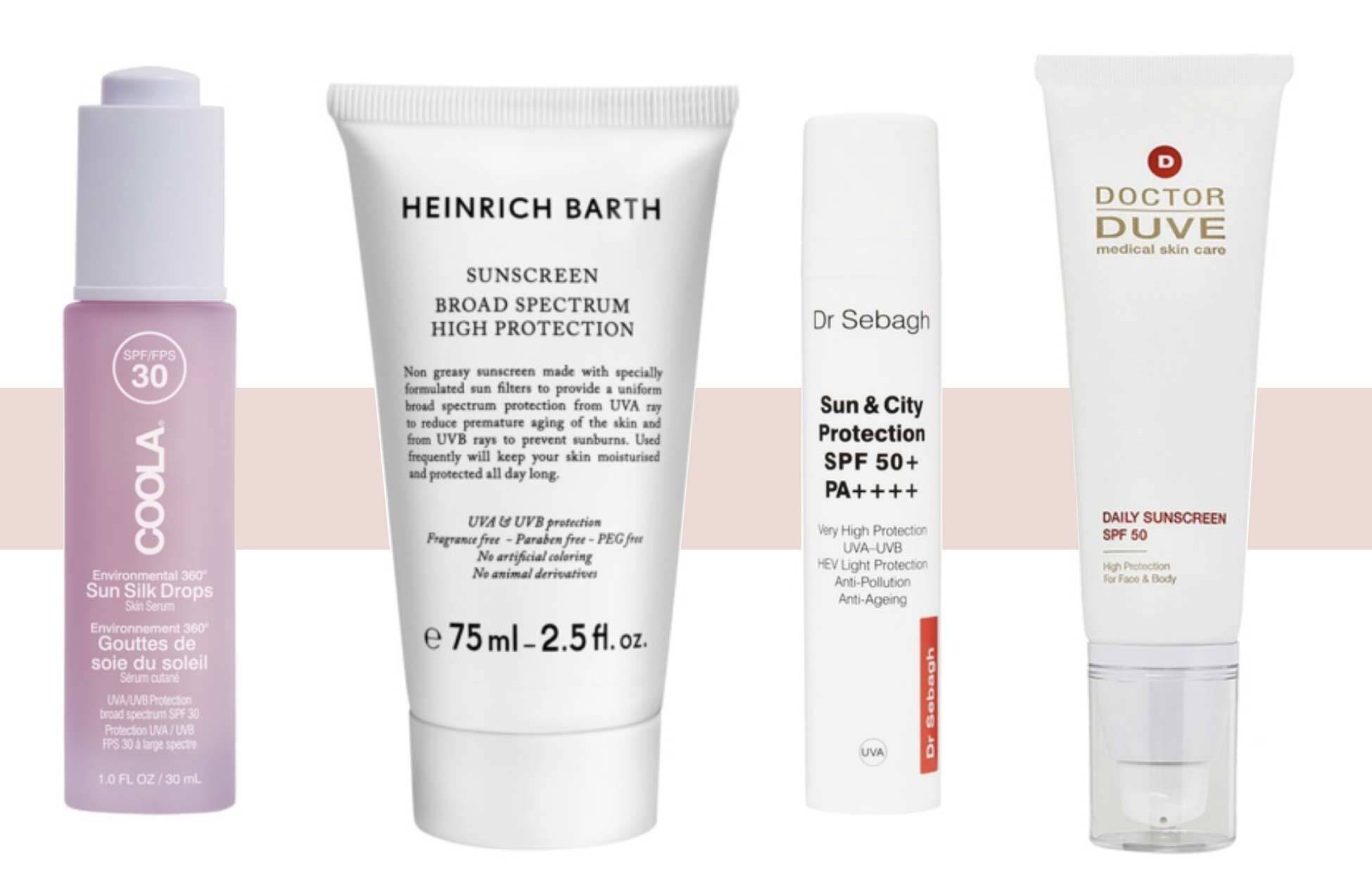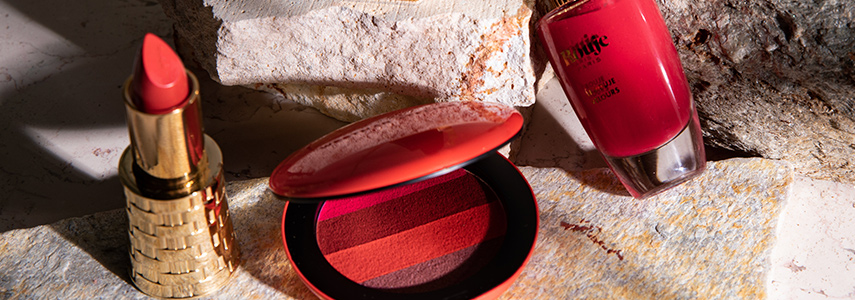SPF, SPF, SPF
A filter is needed
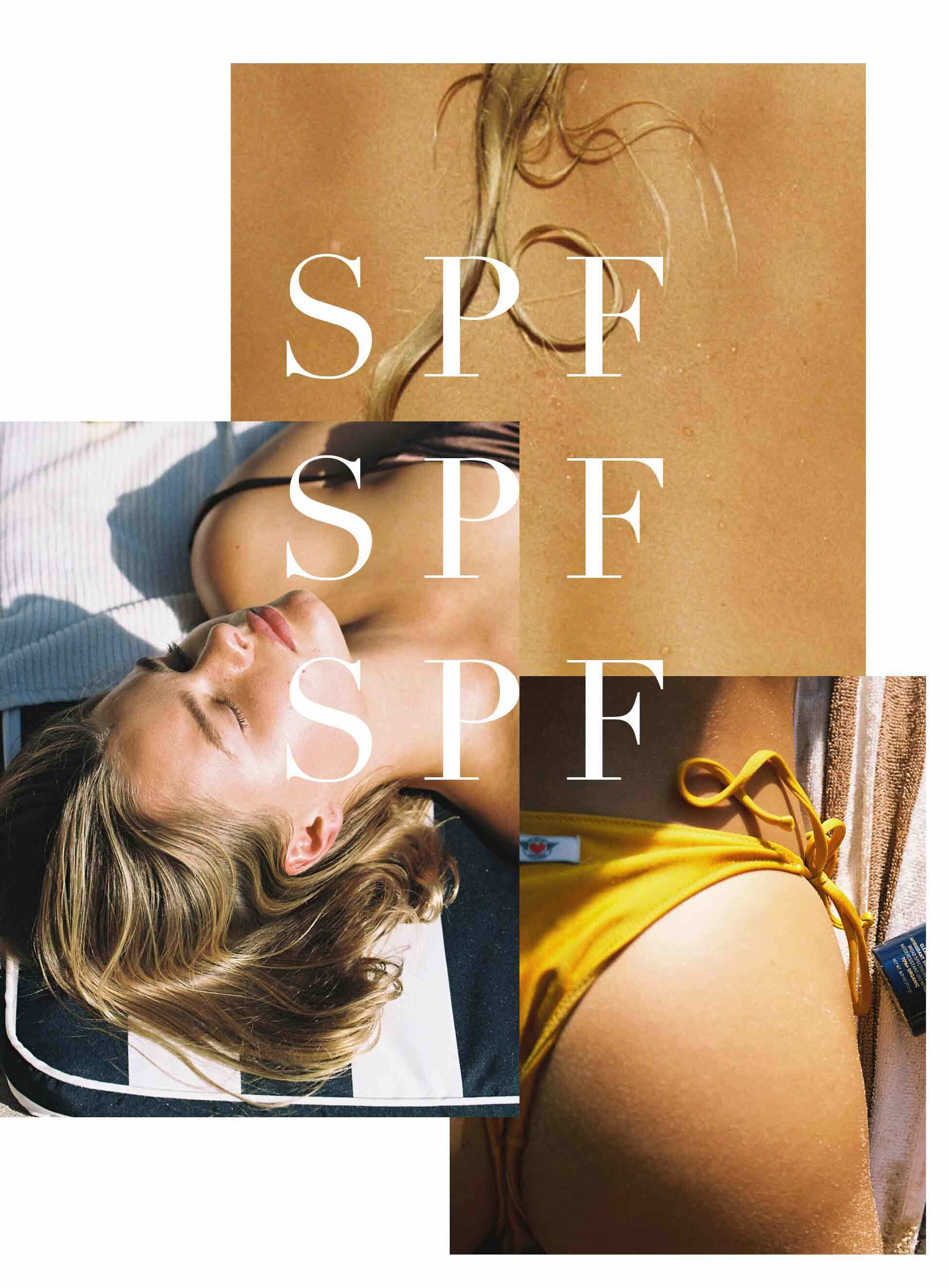
Long gone are the days when sunscreen products left annoying white, sticky streaks on our skin. Today, you can stock up on products that have nourishing properties, come in a wide variety of textures (would you prefer a cooling gel, uncomplicated spray or the practical stick?) and are even resistant to water and perspiration.
Chemical filters
Especially in the type of protection, the filters used, SPF has evolved enormously. The focus: protecting the environment. Many chemical filters (but not all!) such as octinoxate or oxybenzone are criticized. The synthetic substances transform the UV radiation on our skin into heat, but can trigger allergies and have hormonal effects. If the substances get into the sea (for information: around 14,000 tons of sunscreen end up there every year), they can also contribute to the death of corals. Colorful reefs bleach out and mutate into dead, grayish underwater landscapes. A circumstance to which the state of Hawaii has reacted: since the beginning of 2021, there has been a law there banning sunscreens containing octinoxate or oxybenzone. You can recognize coral-friendly sun products by the "reef friendly" label. By the way, under our Clean Icon you will only find sunscreen products formulated without the chemical filters octinoxate and oxybenzone.
Products with harmless chemical filters:
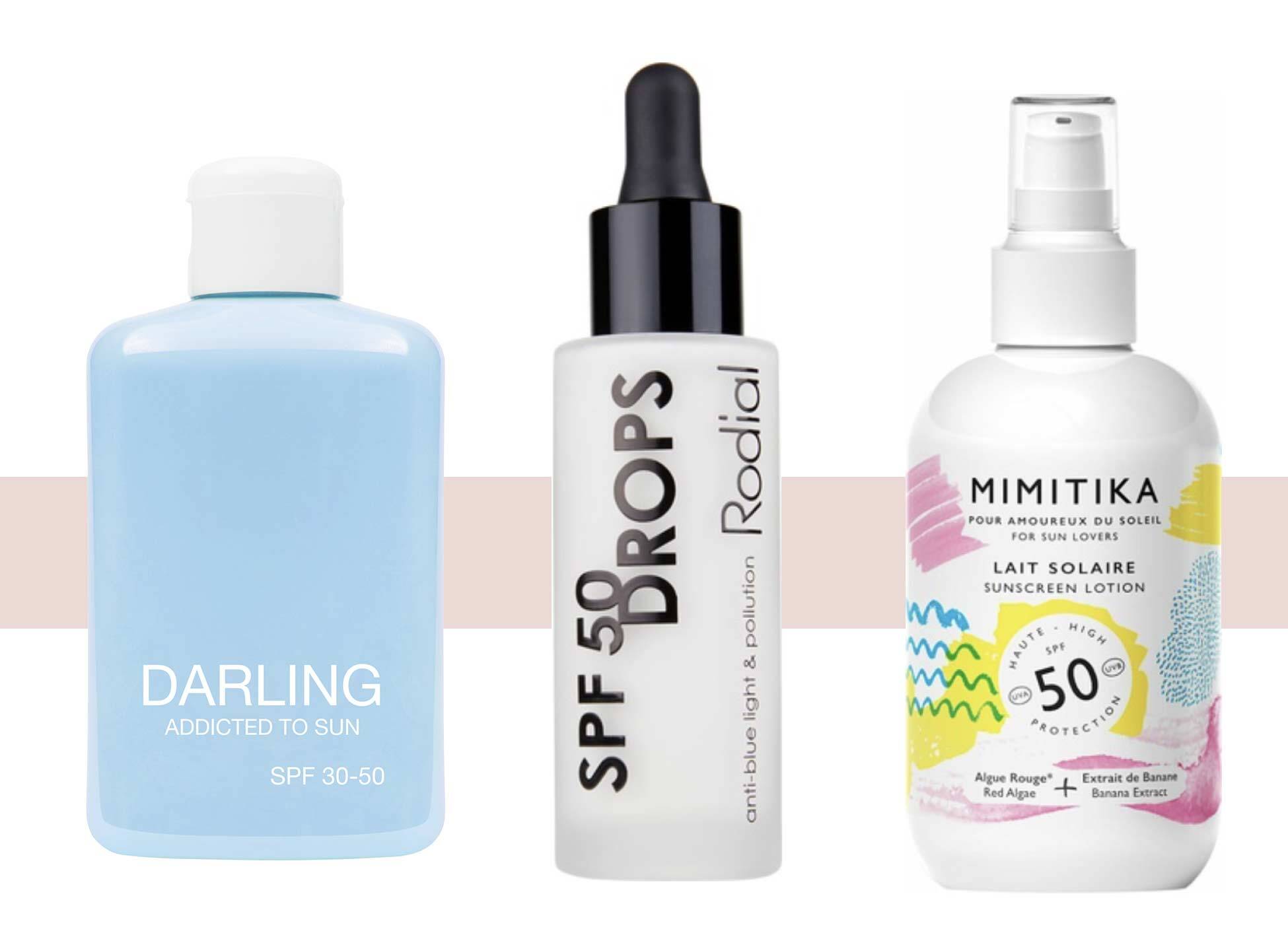
Mineral filters
Mineral filters (also called physical filters), which are often based on titanium oxide or zinc oxide, have established themselves as an environmentally friendly and less harmful alternative. Stiftung Warentest explains that these do not penetrate the skin, such as octocrylene. Mineral pigments lie on the skin like a kind of protective film and reflect - like tiny mirrors - the sun's radiation away from the body. The disadvantages: they can have a slight whitening effect, do not wash off the skin very well and it is difficult to achieve an extremely high sun protection factor with them. For this reason, mineral filters are also often combined with chemical UV protection. The advantages of purely physical filters are that they are ideal for sensitive skin types and children and provide immediate protection, while chemical filters require around 20 minutes of exposure time. Zinc oxide, one of the most commonly used ingredients in mineral sunscreen products, is also considered anti-inflammatory and soothing. In the end, it's up to you to decide which filters you prefer, what's good for your skin and what you feel comfortable with.
Reef-friendly Products
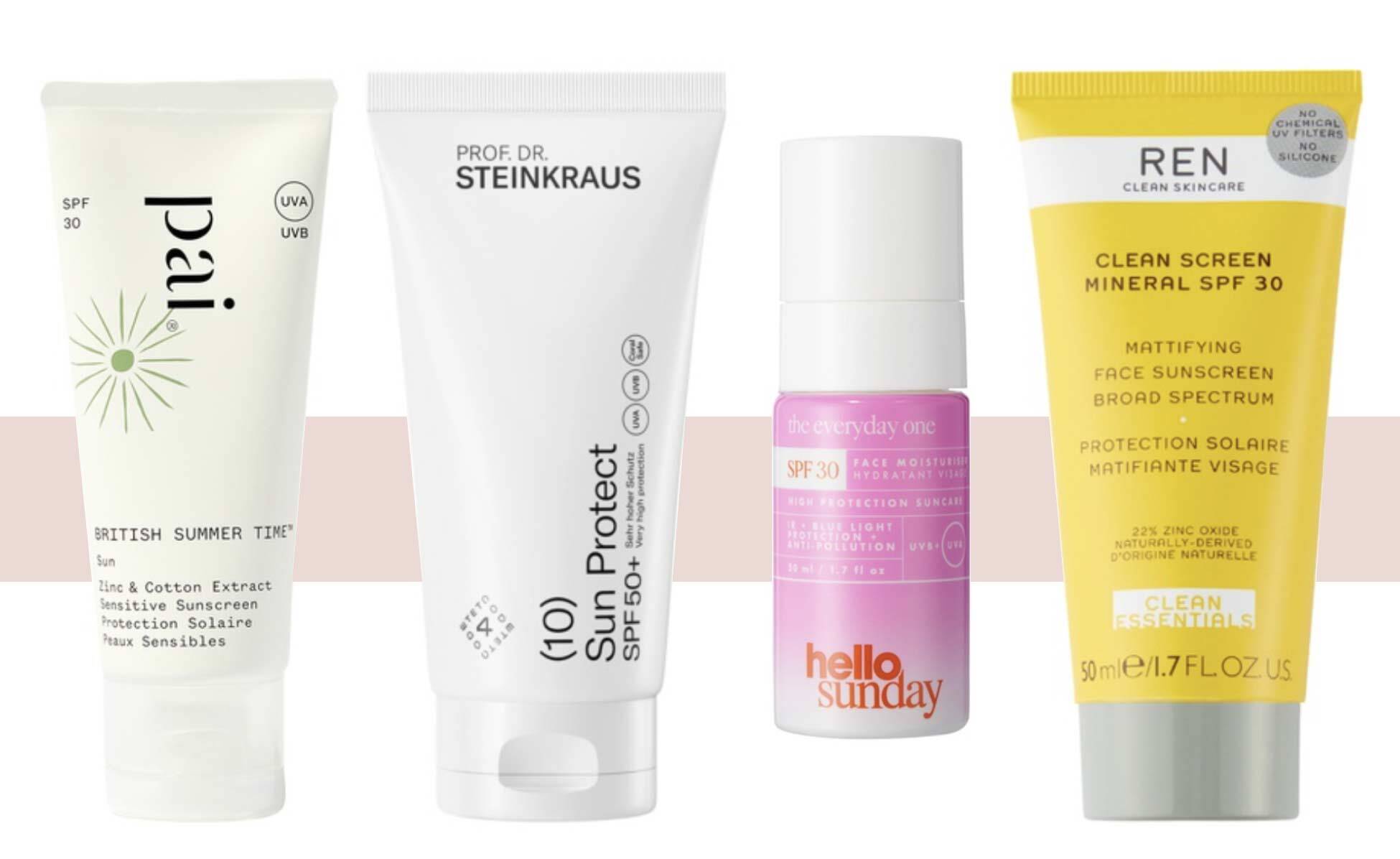
Broadband filters
Finally, let's look at the difference between UV-A and UV-B radiation. Nowadays, most broadband filters protect against both, whereas in the past it was mainly UV-B rays that were considered dangerous and skin cancer promoting. This is because UV-A rays penetrate through the cornea into the dermis. There they damage the collagen fibers and cause the skin to age prematurely. UV-A filters are therefore the people to talk to when it comes to premature skin aging. UV-B rays, on the other hand, are shorter-wave and act mainly in the epidermis, which is why they are responsible for painful sunburns. When choosing sun protection, be sure to look for a broadband filter (this can be chemical or phsyical) and enjoy the summer!
Products with broadband filters:
